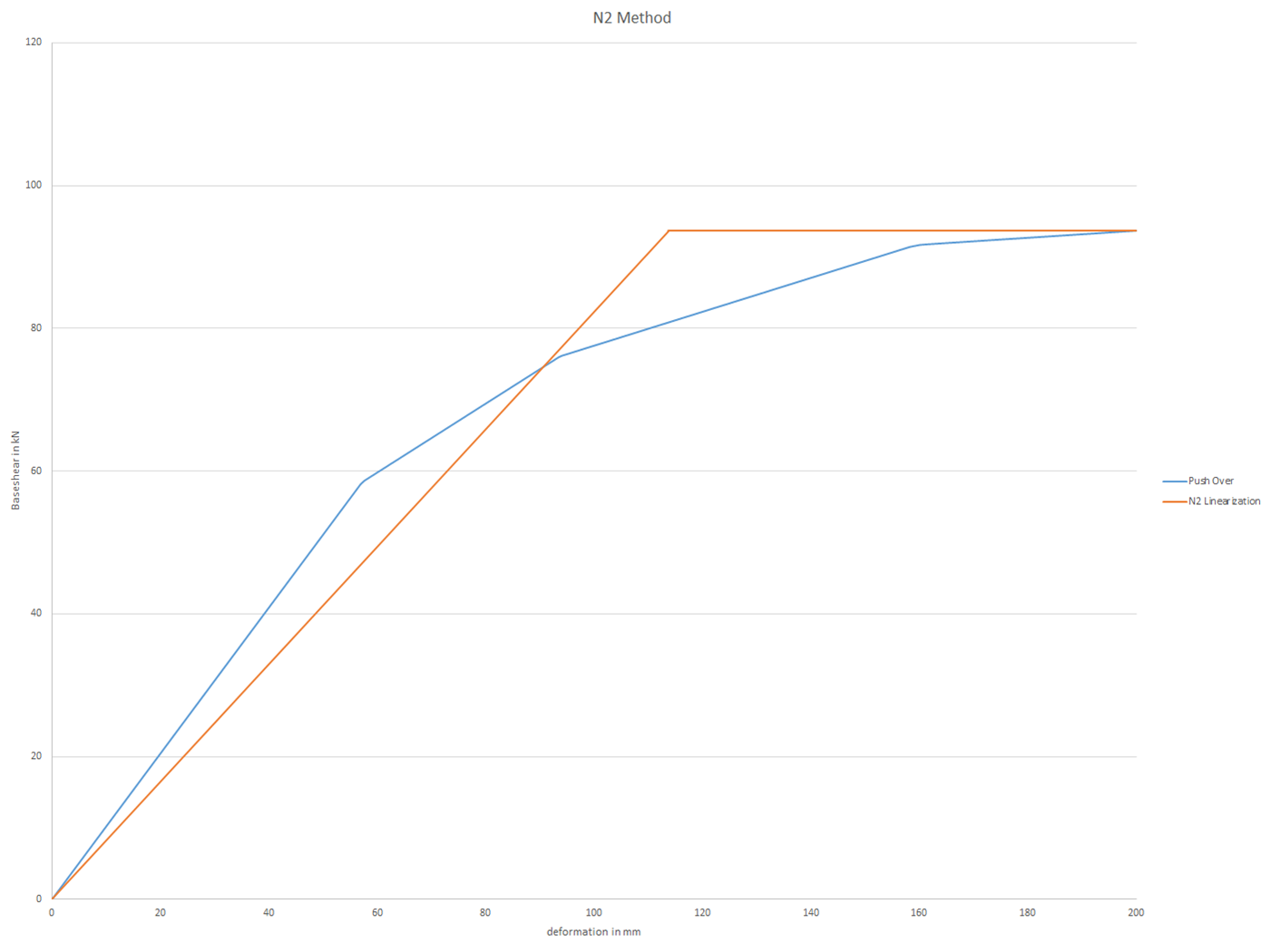- Verification Example
- Wind Tunnel Size
- Computational Grid Study
- Enhanced Wall Function
The webinar about RWIND Simulation was very successful!
From now on, it is possible to analyze wind forces on geometries of objects that are not regulated in the standard. The wind force assumption according to the standard was often a more or less good estimate.
The RFEM add-on module RF-STABILITY is a perfect combination with RWIND Simulation. Using RF-STABILITY, I can perform a buckling analysis to get accurate effective lengths. Using RWIND Simulation, I can get accurate wind loads. For unusually shaped structures, it would be a wild guess if calculating wind loads from the standard code… either not conservative or too conservative. My client is happy with the results and impressed!
Use RWIND 2 Pro to easily apply a permeability to a surface. All you need is the definition of the Darcy coefficient D, the inertial coefficient I, and the length of the porous medium in the direction of flow L,to define a pressure boundary condition between the front and back of a porous zone. Due to this setting, you obtain the flow through this zone with a two-part result display on both sides of the zone area.

The price is valid for United States.


The pushover analysis is managed by a newly introduced analysis type in the load combinations. Here, you have access to the selection of the horizontal load distribution and direction, the selection of a constant load, the selection of the desired response spectrum for the determination of the target displacement, and the pushover analysis settings tailored to the pushover analysis.
In the pushover analysis settings, you can modify the increment of the increasing horizontal load and specify the stopping condition for the analysis. Furthermore, it is possible to easily adjust the precision for the iterative determination of the target displacement.


During the calculation, the selected horizontal load is increased in load steps. A static nonlinear analysis is carried out for each load step until reaching the specified limit condition.
The results of the pushover analysis are extensive. On one hand, the structure is analyzed for its deformation behavior. This can be represented by a force-deformation line of the system (a capacity curve). On the other hand, the response spectrum effect can be displayed in the ADRS display (Acceleration-Displacement Response Spectrum). The target displacement is automatically determined in the program based on these two results. The process can be evaluated graphically and in tables.
The individual acceptance criteria can then be graphically evaluated and assessed (for the next load step of the target displacement, but also for all other load steps). The results of the static analysis are also available for the individual load steps.